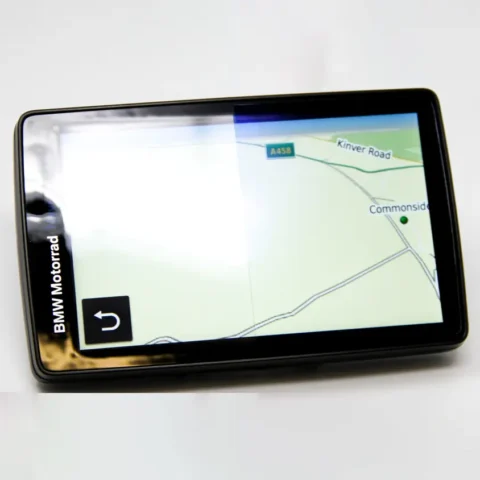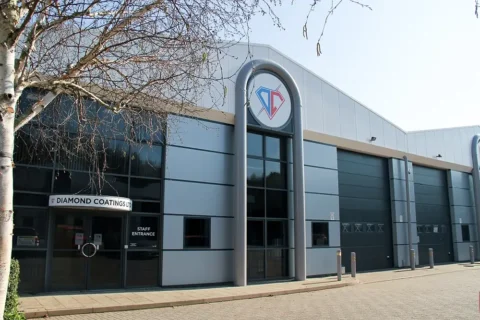
Enhance Your Garmin Nav 6 with AR Film
We’ve taken our expertise and applied it directly to your journey, developing an Anti-Reflective Film for the Garmin Nav 6
For orders placed online please contact us for an accurate shipping quote, sorry for any inconvenience.
All orders placed between December 20th and January 2nd will be processed on January 3rd

Interactive Touch Screen Glass
Do you ever take any time out and wonder how a certain thing actually works? How about the human brain? What a piece of engineering! Containing hundreds of billions of cells and interlinked through yet even more connections… trying to work that one out will baffle your own brain!
How about something less demanding, such as the screen you may be reading this on. Touch screens – although not ‘Brain level’ they are pretty (very) cool in their own right. But how do they work?
It’s all about the interactive touch screen glass
How does a glass (or plastic film in some cases) understand your touch command? It’s just a piece of glass?! Most interactive touch screens use a transparent conductive oxide (TCO), in layman’s terms something that is transparent and can also conduct electricity. The most common TCO is Indium Tin Oxide (ITO).
ITO is completely transparent and highly conductive and can be applied to glass or plastics. Diamond Coatings are true global leaders in ITO applications and have supplied many industries throughout the world.
How does interactive touch screen glass work?
There are two forms of touch screens and both work really well within their own chosen applications. Let’s take a look at both and understand why they work so well for different reasons.
Capacitive interactive touch screen glass – The most common form of end user touchscreen (cell phones and tablets, for instance), capacitive screens work by applying a thin coating of ITO across the surface of the screen. The human touch will alter the charge when in contact with the screen – this allows the device to recognise your touch and act on your command.
A real benefit of the capacitive touch format is the ability to issue multiple touches (commands) and gestures (swipes) at the same time. When you zoom in on a photo, you offer a swipe out gesture. This could not be achieved with the other form of touch screen, the resistive touch.
Resistive interactive touch screen glass – Based on the above, you would be forgiven for think resistive screens were inferior to capacitive screens, but this isn’t the case. Resistive screens were used long after capacitive screens were first thought of.
(Analogy alert! If you like rugby, think of a resistive screen as a Forward, most likely a Prop – a big tough unit that does what they are on the pitch to do. A capacitive screen would be a Back, probably best suited as a Fly-Half – looks the business, does the business, but yet comes with some frailties)
Anyway, back to resistive screens… Resistive screens use ITO but in a completely different way. A coating is set within the bottom of the screen and is used to help identify locations of pressure. A resistive screen works off downward pressure, rather than a subtle swipe gesture.
Resistive screens cannot handle multiple requests via touch commands as capacitive screens can, but they offer a more robust screen which can take a lot of heavy use. With this in mind, resistive screens are used in public facing environments such as touch SATM’s and retail kiosks.
Diamond Coatings interactive touch screen glass
Diamond Coatings can supply resistive and capacitive ITO coated touch screens in development or manufacturing volumes.
Produced on glass or plastic (rigid or flexible), our Indium Tin Oxide Touch Screens are available in sizes ranging up to a maximum of 1,000 mm x 1,000 mm and can be supplied with anti-glare or/and a variety of other finishes.
Get in touch with us today to discuss your requirements, we would love to hear from you.

We’ve taken our expertise and applied it directly to your journey, developing an Anti-Reflective Film for the Garmin Nav 6

At Diamond Coatings, we provide the foundational transparent conductive coatings that are absolutely essential for capacitive switches

An ITO company fundamentally deals with the precise deposition of Indium Tin Oxide onto various substrates

Glass offers transparency and clear views. But what if it could also conduct electricity, integrating power and data directly into a transparent surface?
If you are interested in any of our products or services, please use the contact form or give us a call, we will be happy to discuss how we may be able to help you.